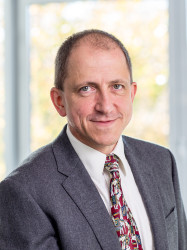BibTex format
@article{Reed:2014:10.5339/gcsp.2014.19,
author = {Reed, A and Kohl, P and Peyronnet, R},
doi = {10.5339/gcsp.2014.19},
journal = {Global Cardiology Science and Practice},
pages = {9--25},
title = {Molecular candidates for cardiac stretch-activated ion channels},
url = {http://dx.doi.org/10.5339/gcsp.2014.19},
volume = {2014},
year = {2014}
}

